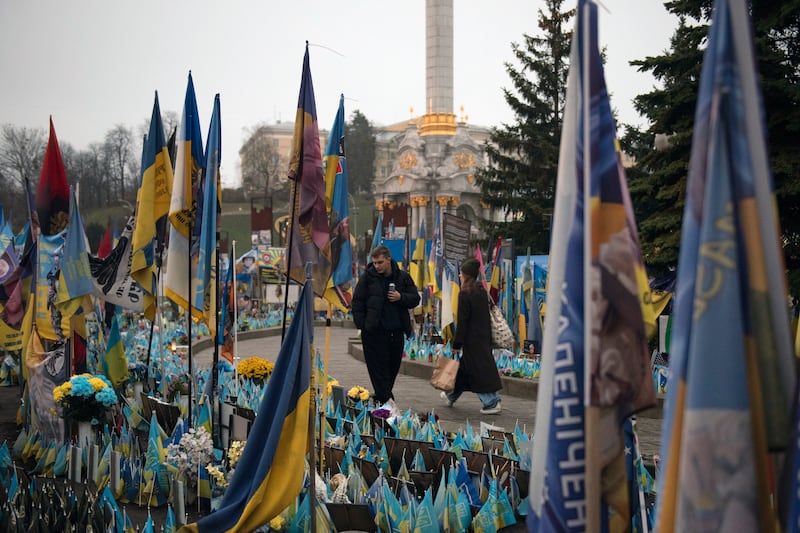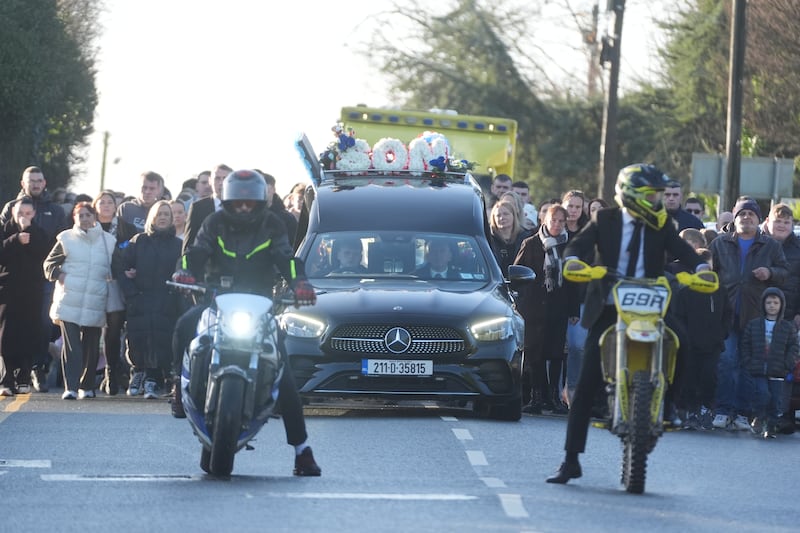THIS TOO WILL PASS
The failures of our past litter the landscape. Some are more visible than others. Drive out into the Inagh Valley, in Connemara, and there is beauty at every turn. Lakes reflect the outline of mountains, and sheep nibble picturesquely at gorse.
Experiencing it from the road reminds you that we have already encroached on this wild paradise by laying down the tarmac, but that is only the start of things. Here and there are stands of abandoned cement, the shells of houses and hotels, the shadow of the old railway.
The Carrolls salmon hatchery is one of the more hidden of Ireland’s industrial follies, and it is a remarkable story. Back in the late 1980s, the PJ Carroll cigarette company was branching out, and commissioned the architectural practice Scott Tallon Walker to design what was envisaged as the world’s biggest, most advanced salmon hatchery.
Ronnie Tallon had already designed the company’s award-winning cigarette factory – which now houses part of Dundalk Institute of Technology – in 1967. Now, on the shores of Derryclare Lough, his firm created a fully automated, computer-controlled centre laid out like the set of a James Bond movie.
RM Block
The idea was to supply offshore salmon farmers with smolt (young salmon), and it worked for a time. But the site was too high up, and the costs of pumping water and of transporting the smolt by helicopter ultimately lost the enterprise millions.
When the business closed it left behind extraordinary, atmospheric relics, including the long, low-lying modernist buildings, a series of large green water tanks and a jumble of industrial detritus.

Step up Alannah Robins, who since 2016 has transformed the fishery’s bizarre scars into Interface, a gallery, studios and artist’s residency. Taking on such a venture might seem daunting, but Robins, a graduate of the National College of Art and Design, says that “at some point you have to dare to do it, to dare to start”.
Sharing the space with separate aquaculture and scientific research projects, Interface’s artists explore issues connected with science and ecology, although, Robins notes, another crucial aspect is to give artists space to realise their own projects in the extraordinary environment of the Inagh Valley.
In addition to this, a major reforestation project is under way in tandem with what she describes as “slow art” projects and an annual woodland symposium. It all has what Robins calls a magical strangeness.
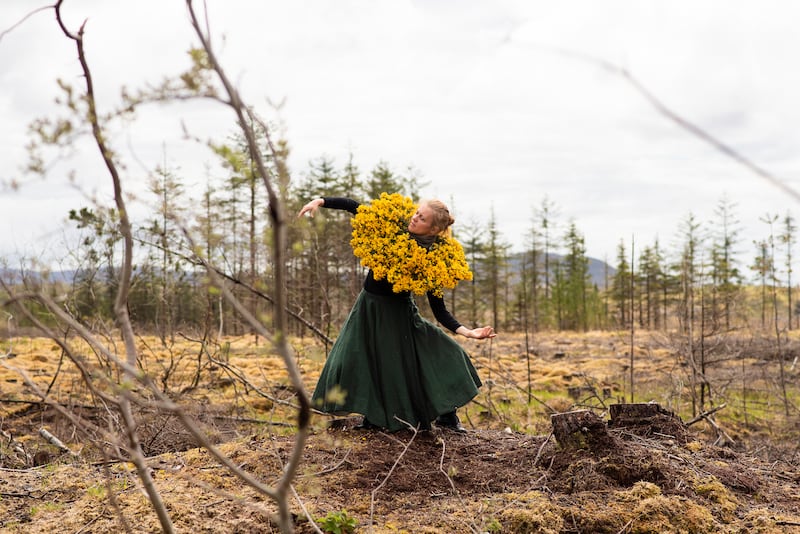
In a model she discovered while living and working in Sweden, Interface is a place where artists can work through ideas, move their practice forward, experiment and exhibit without getting stuck in the cumbersome system of application and rejection that is a daily reality for most.
Artists can use the former egg-hatching spaces, and even the old industrial fridges, for exhibitions, as Jo Kimmins did most recently with her Aquacious show in May. Wider projects expand over the entire site, including the water tanks, which have seen choirs, dance and sculptural installations use the pick of the abandoned infrastructure and mechanical bits and bobs, a great deal of which is still strewn about.
The studio spaces are vital. As artists are increasingly forced out of cities by the lack of affordable places to live and work, rural provision is more important than ever, and Galway International Arts Festival makes for an ideal time to go and explore. Now a regular part of the festival’s artistic programme, this year’s Interface exhibition has been curated by the former Interface resident Valeria Ceregini.
This Too Will Pass takes its title from Richard Long’s work of the same name. “It resonated with me,” Ceregini says, expanding on the idea that, although we often use the phrase to see us through hard times, the balance of nature is passing too, before our eyes.
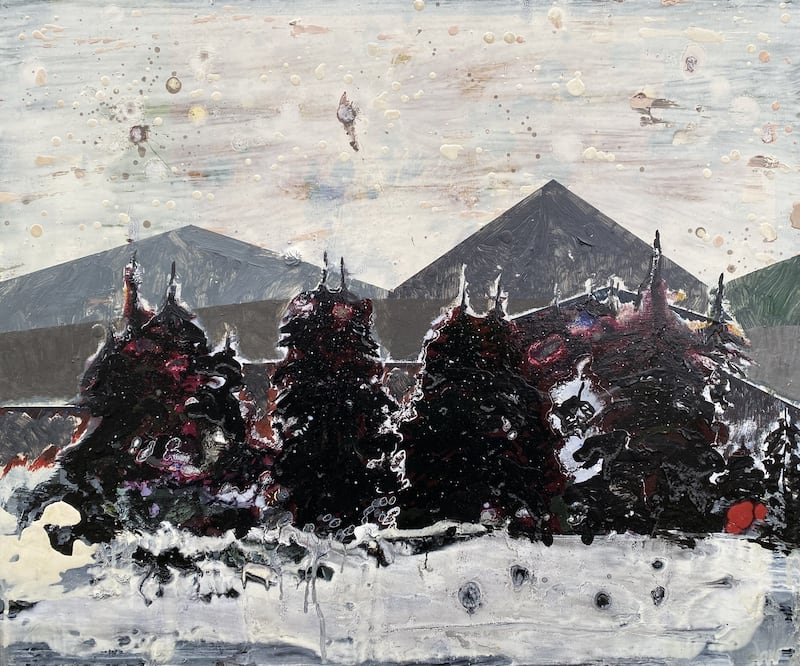
She also quotes another phrase, this time the Irish proverb “Bíonn siúlach scéalach”, or “a walk is a story” – which is true, if only we remember to think and look. Beside Long, Ceregini is showing work by Thomas Brezing, Naomi Draper, Aisling Dunne, Darran McGlynn and Katherine Sankey. There will also be performances by Ceara Conway and by Luke Casserly, with his sublime meditation on the bog lands, Distillation.
Conway is an artist and vocalist; her performance, Incant, builds on work developed with Ormston House in Limerick, and arising from her own residency at Interface, where, she says, “I really responded to the landscape. It’s beautiful but also bleak. The Sitka spruce, they look like skeletons to me.”
Now, working with the musicians Matthew Nolan and Lisa Dowdall, she will perform her haunting vocals to her films from previous years. “It is a way of working that goes deeper,” she says. “It lets me slow down and really sit with the work.” It also leads to an intriguing layering of time as past, present and possible futures connect.
“I’m mostly pessimistic at the moment,” Ceregini says. “But I can find hope in the works of the artists. There is a positivity in seeing things differently. Even just a small action can make a difference.”
With support from the Arts Council and Galway County Council, Interface – interfaceinagh.com – is run on a membership system, and Robins is raising funds to build more studios on the shores of the lake.
This Too Will Pass opens at Interface Inagh, Recess, Co Galway, on Saturday, July 12th
FUNERAL FOR ASHES
At Funeral for Ashes, at Festival Printworks Gallery in Galway, you will able to walk this year among the ghosts of a dying forest. Three-dimensional scans of Irish ash trees, mosses, fallen branches, leaves and loam hover in hues of green, brown and silvered pixels, as haunting music plays. “Every movement you make has an impact,” explains Conor Maloney, who has created the immersive installation with his fellow artist John Conneely.
Conneely steps into the space and demonstrates, raising an arm. As he does, the outlines of ancient tree bark diffuse into ghosts, scattering in the digital air. “Stand still,” he says, “and things will resolve.”
Even as a work in progress at the University of Galway’s Centre for Creative Technologies, where the development studio is a landscape of wires, cables, monitors, speakers and keyboards, the effect is mesmerising.

“Ireland has the worst forest coverage, the fewest trees, of any European country, barring Iceland,” Conneely says, noting that Iceland has the excuse of all those lava floes. “We have just 11 per cent, and of that only about 1.5 per cent is native woodlands. The rest is Sitka spruce.”
“Ash,” Maloney says, “was revered by the Celts. Under Brehon Law the penalty for felling an ash tree would have been the same as it was for murdering the chief of a tribe.” He goes on to describe the ancient use of ash in making druidic staffs, and its continuing use for hurleys.
“Arguably, colonialism destroyed the culture that revered the trees,” Maloney says, “but at the same time we have to take agency for the way we’re treating our own woodlands now. The stewardship of our native woodlands has been in the hands of what is effectively a logging company. And the ash-dieback disease came from importing infected trees.”
“Spend time in a native woodland forest and you understand how trees can make you feel,” Conneely says, describing the walks the pair took as research in some of Ireland’s remaining old-growth forests. “It makes you feel like you’re a child again, climbing over fallen branches, touching the trunks. Everyone should do it, as often as they can.”
He has composed music that develops with the movement of the piece at 432 Hertz, which some people regard as “the frequency of the universe. It has a measurable effect on your sensibilities – when I was putting it all together I was way more chilled out ...”
“There is an argument that nothing is ever dead in the forest,” Conneely says; he gives as an example the layer of mycelium that facilitates what he describes as “data transfer” between plants. The pair talk about the music that can be generated from the electromagnetic frequencies of plants, and how researchers are using fungal moulds to explore how to map more effective networks. We lose more than we think when we lose our forests.
[ From the archive: Michael Viney – The secret life in my handful of garden soilOpens in new window ]
In the final days before the exhibition opens, the pair are tweaking the programming so that people will have to work together to orchestrate their own experience of the piece, for better or worse.
Artworks that include an opportunity to destroy enact a strange pull. I am reminded of teamLab’s work The World of Irreversible Change, from 2022, which created a rich world, peopled with busy figures against an exotically beautiful landscape. Touching the figures “annoys” them. Repeated touching causes fights to break out, followed by war, which will destroy the world of the art work entirely. The desire to touch is almost impossible to resist.
Funeral for Ashes is more forgiving. “There are opportunities to create and destroy within this piece,” Maloney says. “But everyone needs to co-ordinate to do it. If there’s a room full of people, they’re going to need to figure out how to bring things back together.”
Funeral for Ashes opens at Festival Printworks Gallery, Galway, on Monday, July 14th
OTHER FESTIVAL VISUAL-ART HIGHLIGHTS
David Mach: Burning Down the House

You could say this is the conclusion of a trilogy by David Mach at Galway International Arts Festival, except this will actually be the Scottish artist’s fourth Giaf extravaganza. It is, however, his third go at smashing up stuff, following the wrecked yacht, car and caravan, buried in a jagged rip in the gallery floor, for Rock’n’Roll, in 2018; and his exploding Range Rover in The Oligarch’s Nightmare, in 2023. This time a holiday cottage is aflame. Struck by a bolt of lightning or burned out by disgruntled locals sick of the disproportionately wealthy’s rapacious greed ravening our housing stock? You decide. Festival Gallery, William Street, Galway, July 14th-27th
Hazel O’Sullivan: Atomic
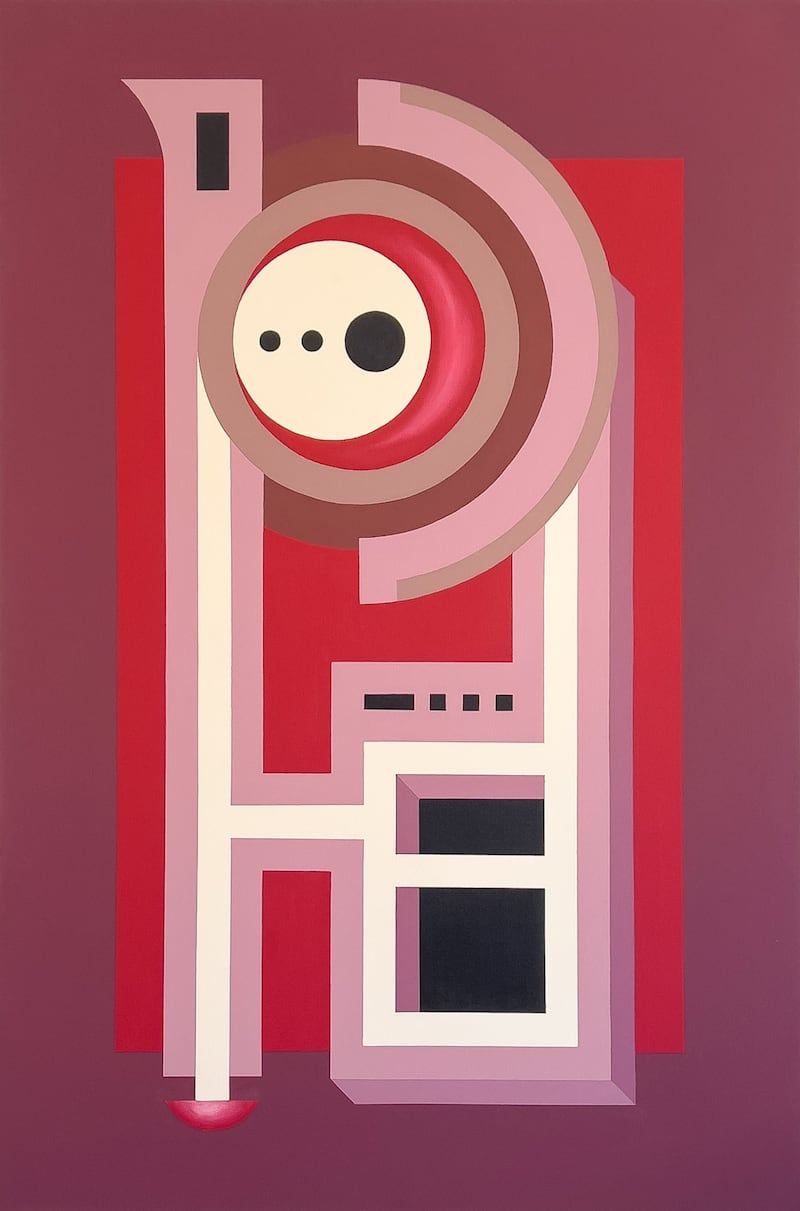
Need your geometric fix after Evie Hone and Mainie Jellett at the National Gallery of Ireland? Hazel O’Sullivan, recipient of a festival Elevate bursary, adds a dose of retrofuturism, a little bit of mythology and a twist of Galway’s landscapes. It’s a bit like back to the future in sculpture and paint. Outset Gallery, St Augustine Street, July 14th-27th
Kat Austen: Not Breaking. This Wave Drowns Hate

Internationally renowned, Kat Austen creates environments that bring you into other worlds, with a little help from sound, light and AI. This time she’s exploring our dying oceans, so expect sculptural lighthouses and projected scenes in which to experience an imagined future where humans and oceans support one another. Bailey Allen Hall, University of Galway, July 14th-27th
Eman Mohammed: What Lies Beneath the Rubble

The award-winning Palestinian photojournalist Eman Mohammed has spent her career documenting life under the Israeli occupation. Her powerful photo essays are the result of time exploring, understanding and documenting the complexities of often overlooked stories amid unspeakable carnage. O’Donoghue Centre, University of Galway, July 14th-27th
Galway International Arts Festival runs from Saturday, July 12th, until Sunday, July 27th; all exhibitions are free; tickets are required for some talks and associated events; accessibility programmes, including touch tours, audio guides and relaxed hours with dimmed lights and low sounds, are available for selected exhibitions. The festival website has details of locations, timings and dates



















